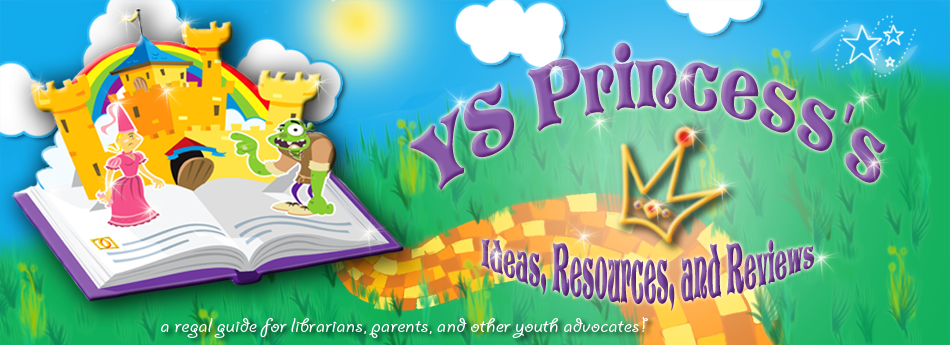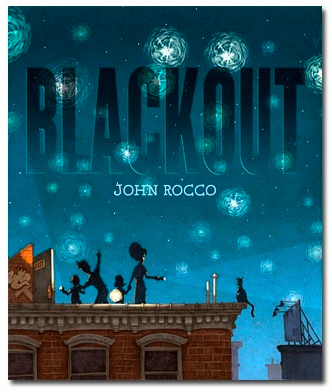Fairly Fairy
Tales is a story about a child who does not want to go to bed. In the beginning
the child says “yes” to a goodnight kiss and "yes" to a glass of water, but “NOOOOO!”
when asked if it is bedtime. After the mother quizzes the child on different
traits of classic fairy tales ("yes" there are sticks, straw, and bricks in the
story of the Three Little Pigs, but “NOOOOO!” there is not a disco ball in
Cinderella), the child realizes that “well, maybe” those things could have happened in the stories, finally leading her to the conclusion that “well, maybe”
it is time for bed after all.
This book represents a concept so universal that
EVERY child should be able to relate to – sometimes they’re just not ready
for bed. Another way this book meets the information needs of children is by
helping children to memorize and recount parts of famous stories they are
likely to have heard before. Children are also encouraged to use their
imagination and to realize that anything is possible. This aspect
then leads to the potential of improving storytelling and/or writing abilities
because it gives readers a chance to almost “re-write” classic fairy tales with
a new spin.
This book is
appropriate for ages 3-5.
A Couple of
Boys have the Best Week Ever is about - go figure - a couple of boys (James and Eamon) who
spend a week at Eamon’s grandparents house so they can go to a Nature Summer
[Day] Camp. However, it appears they have more fun at Bill and Pam’s (Eamon's grandparents) house than
they do at summer camp.
I have mixed feelings about this book for children. On
one hand, it can be a great book for kids who may be nervous about going away
to a summer camp (or anywhere away from home) for an entire week. The book may
help to build children’s humor and even understand sarcasm. In the end it shows
how kids can do nice things for their grandparents, and that everyone has different hobbies. Sometimes boys just need to be silly boys. However,
throughout the illustrations the boys (typical as this may be, it's not exactly healthy) play video games that result in them getting so angry they look like
they might explode. It also appears that almost everything depicted in the
speech bubbles is actually meant for an adult reader, especially when the boys
learn “new vocabulary words” (“@#%&!”) as grandpa tries to drive around bad
drivers.
This book may
be appropriate for ages 7-9.
Blackout is a
very realistic picture book that takes place in a city on a hot summer day. The family in the story
is too busy to spend time with each other - dad is cooking, mom is working on
the computer, and sister is gossiping on the phone, when all little brother
wants is someone to play a board game with. When the power goes out throughout the entire city, though, everyone is forced into a simpler life that they actually seem to enjoy. Suddenly there is time for board games, neighbors spend time
with each other in the street, and ice cream is given away for free (since it’s
going to melt anyway).
Blackout is illustrated very similarly to Maurice
Sendak’s The Night Kitchen, teaching children how to follow a story from
picture block to picture block, rather than page to page. The story
also has a great message behind it, applicable especially to families today : it’s not a horrible thing to put away technology and go outside for a while, hold hands, and take time for one another.
This book is
appropriate for ages 4-6.











No comments:
Post a Comment